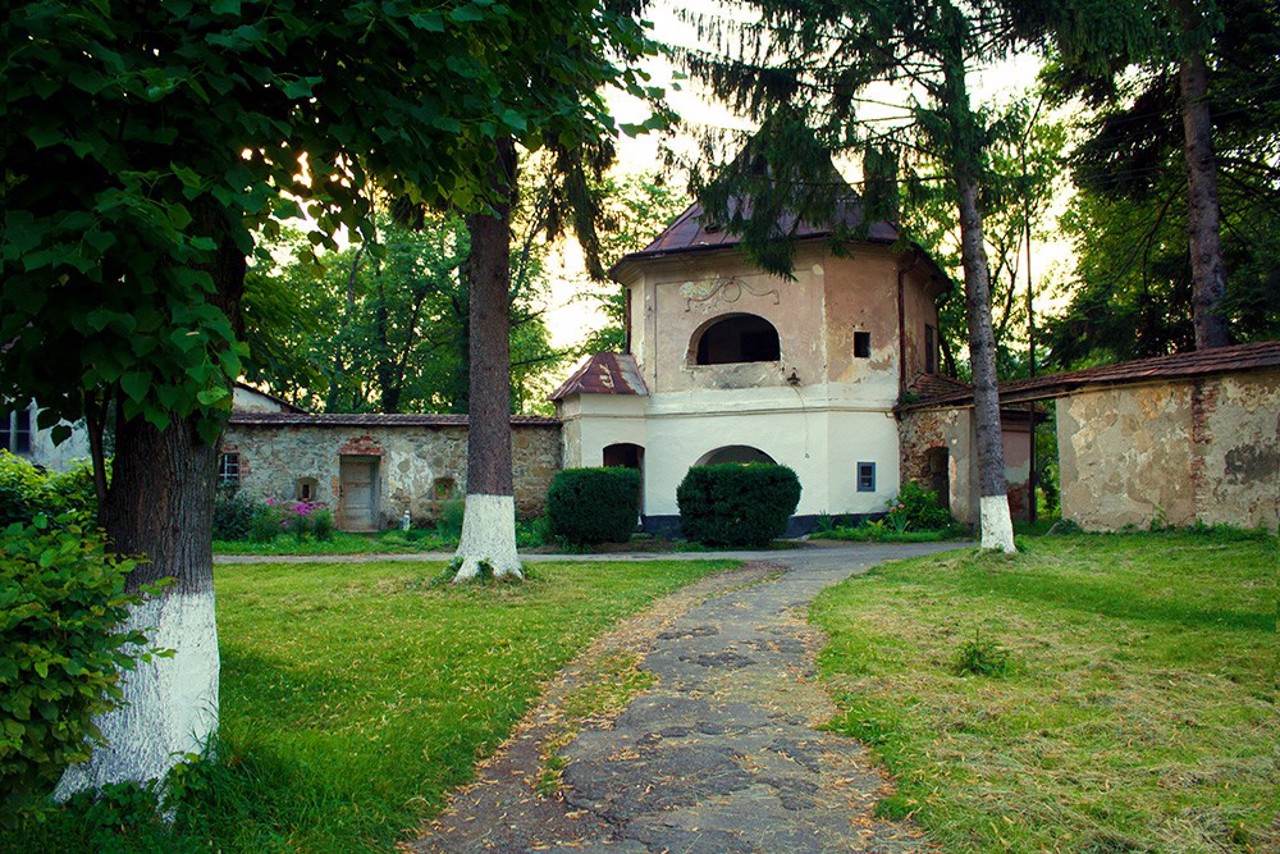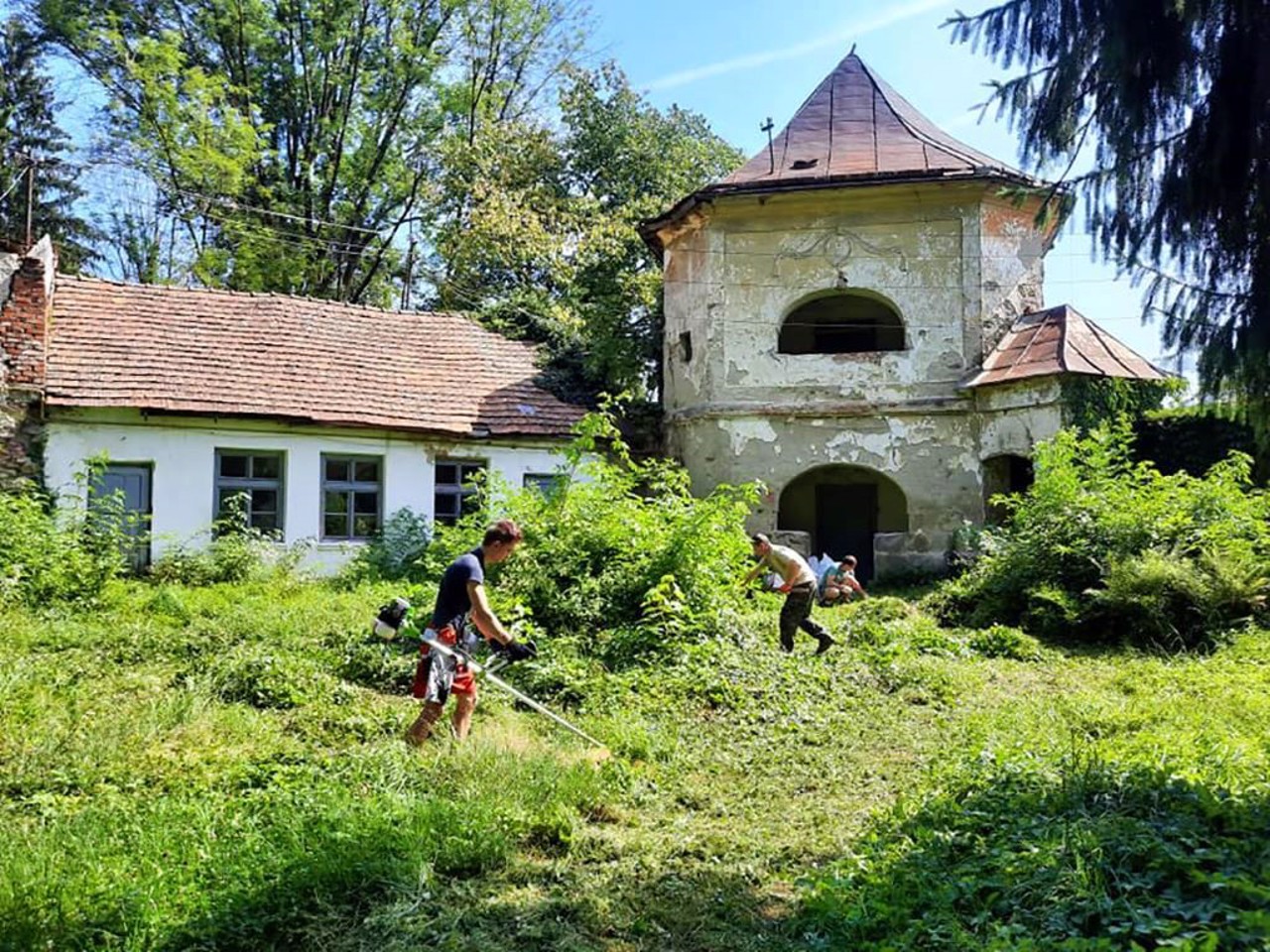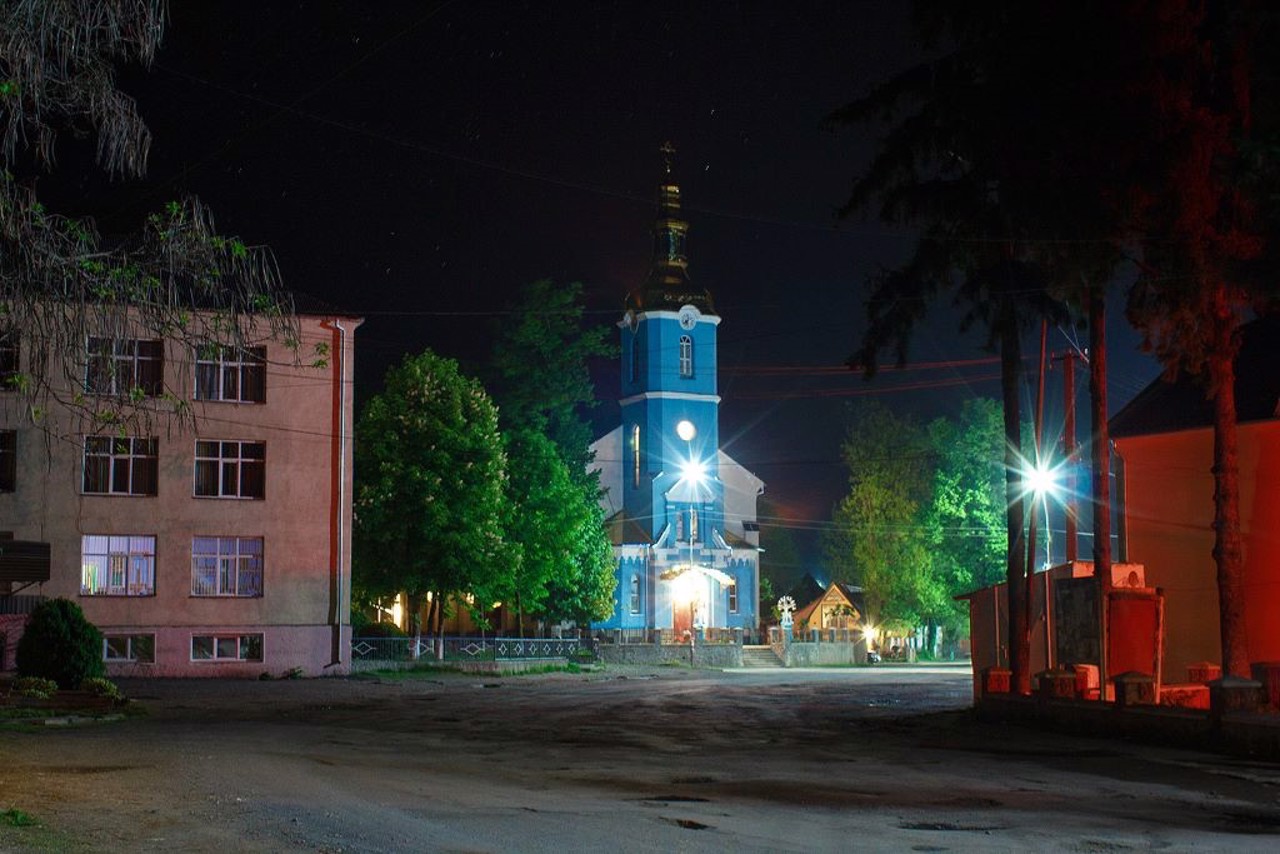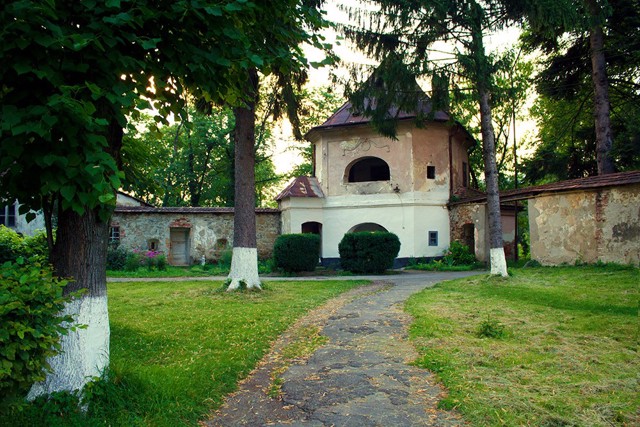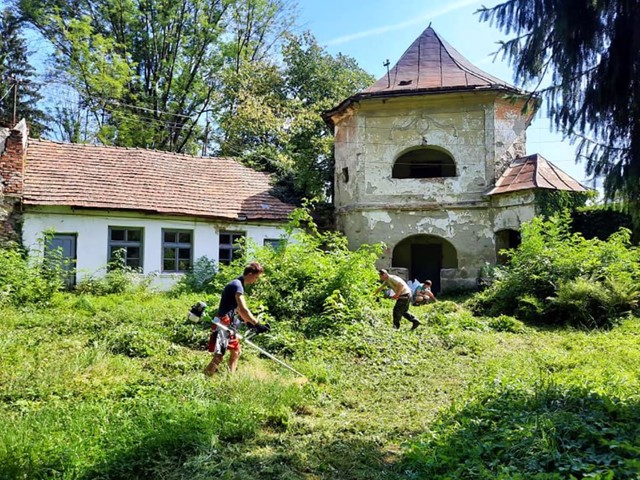Functional temporarily unavailable
General information about Dovhe
The ancient village of Dovhe is located on the Irshava-Svaliava highway. Named after Yanosh Dolhoyi, who owned it since 1409.
In 1417, the construction of a wooden defensive castle was started, which lasted until the beginning of the 18th century, when the liberation war of the Hungarian people led by Ferents Rakotsi against the Austrian rule of the Habsburg dynasty broke out. In particular, in 1703, a battle between Kuruk rebels and Austrian imperial troops took place near Dovhe (later a monument was erected, annual celebrations are held on June 7).
In 1711, the Hungarian king presented the village of Dovhe to Count Laslo Teleki for his active participation in suppressing the Rakotsi uprising. A year later, the count began the reconstruction of the castle and the creation o ...
The ancient village of Dovhe is located on the Irshava-Svaliava highway. Named after Yanosh Dolhoyi, who owned it since 1409.
In 1417, the construction of a wooden defensive castle was started, which lasted until the beginning of the 18th century, when the liberation war of the Hungarian people led by Ferents Rakotsi against the Austrian rule of the Habsburg dynasty broke out. In particular, in 1703, a battle between Kuruk rebels and Austrian imperial troops took place near Dovhe (later a monument was erected, annual celebrations are held on June 7).
In 1711, the Hungarian king presented the village of Dovhe to Count Laslo Teleki for his active participation in suppressing the Rakotsi uprising. A year later, the count began the reconstruction of the castle and the creation of a defensive palace and park complex, which lasted until the end of the 18th century.
Dovhe Palace is considered a unique example of a rural manor of medieval architecture (now a tuberculosis dispensary). Also in the village you can see several ancient and modern churches of various denominations.
An annual festival of song creation named after the composer Mykhaylo Mashkin is held.
Старовинне село Довге розташоване на трасі Іршава-Свалява. Назване по імені Яноша Долгої, який володів ним з 1409 року.
У 1417 році було розпочато будівництво дерев'яного оборонного замку, який проіснував до початку XVIII століття, коли розгорілася визвольна війна угорського народу під проводом Ференца Ракоці проти австрійського панування династії Габсбургів. Зокрема, в 1703 році під Довгим відбулася битва повстанців-куруців з австрійськими імператорськими військами (пізніше було встановлено пам'ятник, 7 червня проходять щорічні урочистості).
У 1711 році угорський король подарував село Довге графу Ласло Телекі за активну участь у придушенні повстання Ракоці. Рік по тому граф почав реконструкцію замку та створення оборонного палацово-паркового комплексу, які тривали д ...
Старовинне село Довге розташоване на трасі Іршава-Свалява. Назване по імені Яноша Долгої, який володів ним з 1409 року.
У 1417 році було розпочато будівництво дерев'яного оборонного замку, який проіснував до початку XVIII століття, коли розгорілася визвольна війна угорського народу під проводом Ференца Ракоці проти австрійського панування династії Габсбургів. Зокрема, в 1703 році під Довгим відбулася битва повстанців-куруців з австрійськими імператорськими військами (пізніше було встановлено пам'ятник, 7 червня проходять щорічні урочистості).
У 1711 році угорський король подарував село Довге графу Ласло Телекі за активну участь у придушенні повстання Ракоці. Рік по тому граф почав реконструкцію замку та створення оборонного палацово-паркового комплексу, які тривали до кінця XVIII століття.
Довжанський палац вважається унікальним зразком сільської садиби середньовічної архітектури (зараз - туберкульозний диспансер). Також в селі можна оглянути кілька старовинних і сучасних храмів різних конфесій.
Щорічно проходить фестиваль пісенної творчості імені композитора Михайла Машкіна.
Сплануй своє перебування у Dovhe
What to see and where to go in Dovhe
Tourist attractions and museums of Dovhe
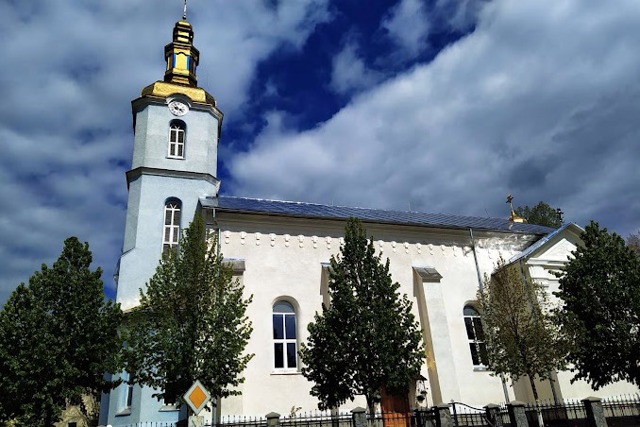
Assumption of Holy Virgin Church
Temple , Architecture
The Church of the Assumption of the Holy Virgin Mary in Dovhe was founded in 1911 as a Greek Catholic church. Baroque architecture.
During the Soviet rule, the temple was closed.
Today, the Church of the Assumption belongs to the UOC of the Moscow Patriarchate.
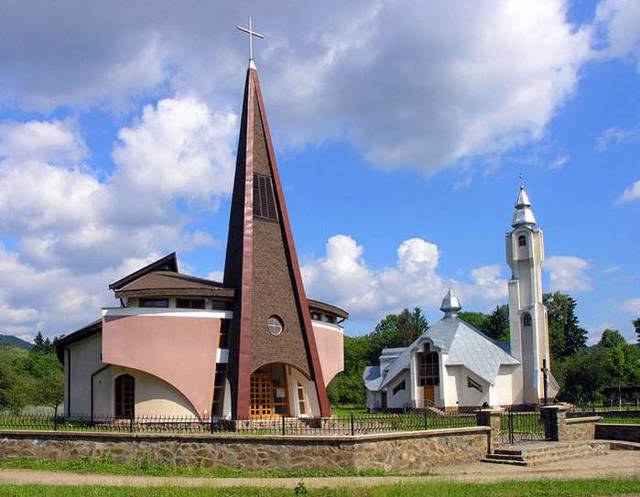
Descent of Holy Spirit Church
Temple
The Church of the Descent of the Holy Spirit in the Transcarpathian village of Dovhe is a modern construction in the style of constructivism with high-tech elements.
Previously, there was an old Roman Catholic church built in 1920 on this site, but it fell into disrepair during the years of Soviet rule.
In 1999, a new church was built in place of the old building. Nearby is the Greek Catholic Church of Saint Elijah.
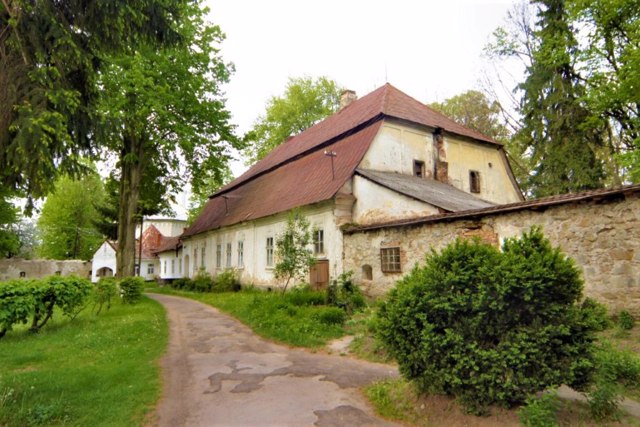
Dovhe Castle
Castle / fortress , Palace / manor
The Dovhe castle-palace was built in the middle of the 18th century on the basis of the destroyed wooden castle of the Dovhay magnates, known since the 15th century.
After the suppression of the liberation movement of the Hungarian people in 1711, Count Laslo Teleki received the estate from the Hungarian king as a sign of gratitude for his active participation in the fight against the rebels. He reconstructed the old castle in Dovhe, turning it into his summer residence.
The one-story palace is surrounded by defensive walls with an entrance tower and four small corner towers under tented roofs, a park is laid out in the yard. Representatives of the European nobility visited here for rest and hunting.
For the past 50 years, a tuberculosis dispensary has been located here. 400-year-old linden trees grow nearby.
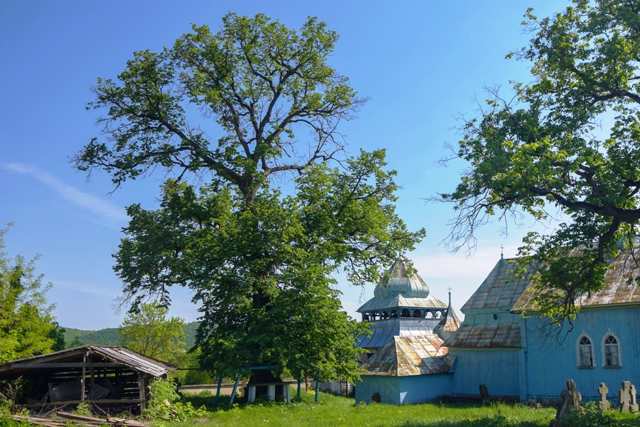
Dovhivska linden
Natural object
The age-old linden, which grows in the village of Dovhe in Transcarpathia, is considered one of the oldest trees in Ukraine.
Its age is estimated to be more than 600 years old (according to other data, it is 450 years old). A linden tree 25 meters high has a girth of 6 meters. Bequeathed in 1969, it is a botanical monument of local importance.
The tree is located on the territory of the park of the tuberculosis sanatorium, located in the premises of the Dovhe Castle. There is no fence or security sign.
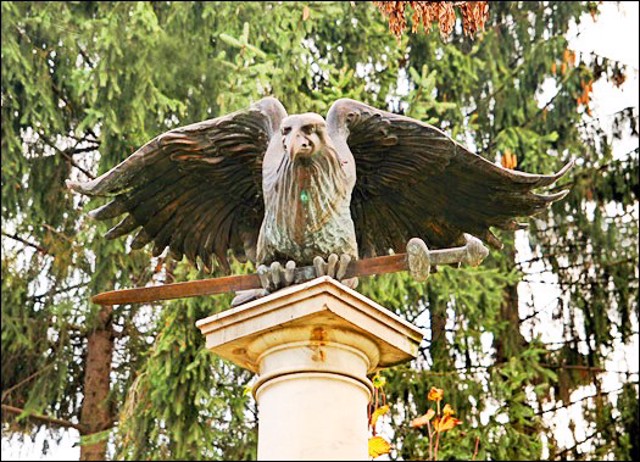
Fallen Kuruts Monument
Monument
A monument on the grave of fallen Kuruts rebels was erected in the Transcarpathia village of Dovhe.
In 1703, during the national liberation war of the Hungarian people led by the Transylvanian prince Ferents II Rakotsi against the Austrian rule, the first battle between the rebel Kuruts, including the villagers, and the Habsburg regular troops took place here. Although the battle ended in the defeat of the rebels, the war broke out with renewed vigor after that.
The monument to the fallen Kuruts peasants was erected in 1908. By the 300th anniversary of the uprising, the descendants of the Dolhay family from Hungary cast a new sculpture of the turul, which disappeared from the pedestal as early as 1923.
Reviews Dovhe
Geographical information about Dovhe
| {{itemKey}} | {{itemValue}} |
|---|---|
| Region |
Zakarpattia |
